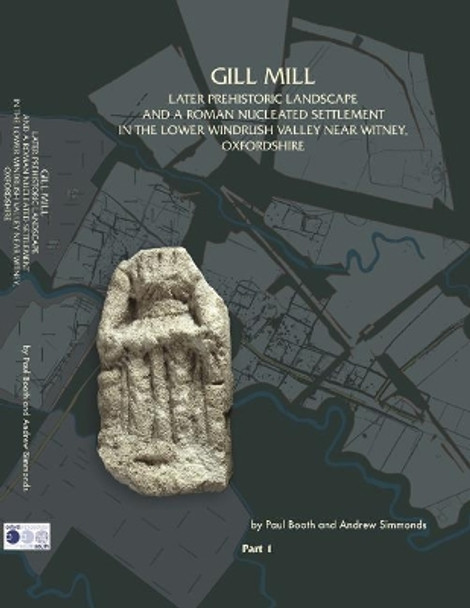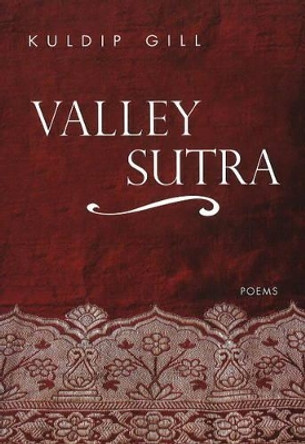The valley floodplain landscape covered by the Gill Mill quarry, almost 130ha, was intensively exploited from about 300 BC at a variety of Iron Age settlements. The largest of these remained in occupation into the early 3rd century AD, but meanwhile a large nucleated settlement grew up around a road junction roughly 1km distant to the NW. This became the sole focus of occupation, covering an area of about 10ha. Featuring multiple ditched enclosures, some in very regular layouts associated with one of the roads, the settlement contained relatively few identified buildings and appears to have had a specialised economic role related to systematic cattle management, illuminated in part by large finds and environmental assemblages. It may have been an integral component of a wider estate holding and perhaps had an administrative focus (including a shrine) at its unexcavated centre. It is notable that occupation of the site had almost entirely ceased by about AD 370.
About the AuthorAndrew Simmonds is Senior Project Manager, Post-Excavation at Oxford Archaeology. He is the co-author of a number of books including From Mesolithic to Motorway: The Archaeology of the M1 (Junction 6a-10) Widening Scheme, Hertfordshire (2012), In the Shadow of Corinium: Prehistoric and Roman Occupation at Kingshillsouth, Cirencester, Gloucestershire (2018), and Gill Mill: Later Prehistoric Landscape and a Roman Nucleated Settlement in the Lower Windrush Valley at Gill Mill, near Witney, Oxfordshire (2018).
Book InformationISBN 9781905905423
Author Paul BoothFormat Hardback
Page Count 916
Imprint Oxford University School of ArchaeologyPublisher Oxford University School of Archaeology





